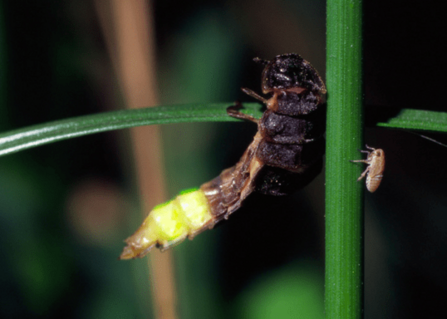“Can you commit three days a week, 9-5?” They said, “Yes, sure I can,” I replied. And so, I have; diligently spending the past six months head down, bottom up in hay meadows, wading through reedbeds hunting for water voles and bashing my way through neck high scrub.
What they didn’t mention that day in the interview, was quite how much I would be entering the world of the crepuscular, the hours of dawn and dusk. From winter commutes, late night parties and early morning baby feeds I have done my share of crepuscular living, but not, until now, undertaking slow walks in nature hunting for some of our most intriguing wildlife.
In his book ‘The Seabird’s Cry’ Adam Nicolson discusses the concept of ‘umvelt’, coined by the biologist Jakob von UexkÜll. ‘Umvelt’ describes the unique way each organism perceives and understands the world around it. It highlights that each species lives in its own unique sensory world to which we, as humans, may be partially or totally blind. Seeing wildlife thrive in the dark on my crepuscular adventures has been a brilliant way to appreciate this concept of ‘umvelt’.



